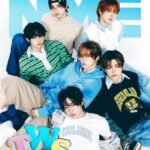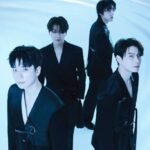Senex Energy employees inspecting facility for natural gas production (Courtesy of POSCO)
POSCO International Corp., the general trading and resources exploration unit of South Korean steel giant POSCO Holdings Inc., said on Tuesday that it will expand natural gas production business in Australia via a rights offering of its subsidiary.
The Korean company said in its regulatory filing on May 31 that it will invest a combined A$650 million ($432.4 million) with Australia’s Hancock Energy in Senex Energy, the Queensland-based unit for natural gas production.
The proceed will be used to drill additional gas wells and build facilities for gas production and processing and pipelines. The new facilities will produce 60 petajoules of liquefied natural gas (LNG) per year from 2025, which is equivalent to 1.2 million tons of LNG.
POSCO International said it expects Senex to generate around 600 billion won ($435.8 million) in revenue from 2026. The investment will be made in efforts to more than treble Senex’s natural gas production from 2022 to 2025.
The Korean trading firm and Hancock will maintain their holdings in Senex, 50.1% and 49.9%, respectively.
Senex has secured clients to supply 151 petajoules of LNG in long-term, including Australia’s largest electricity generator AGL Energy Ltd., flat product steel producer Bluescope Steel Ltd. and Liberty Primary Steel Australia.
By Hyung-Kyu Kim
khk@hankyung.com
Jihyun Kim edited this article.















